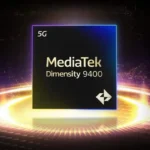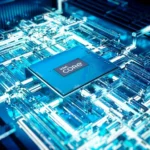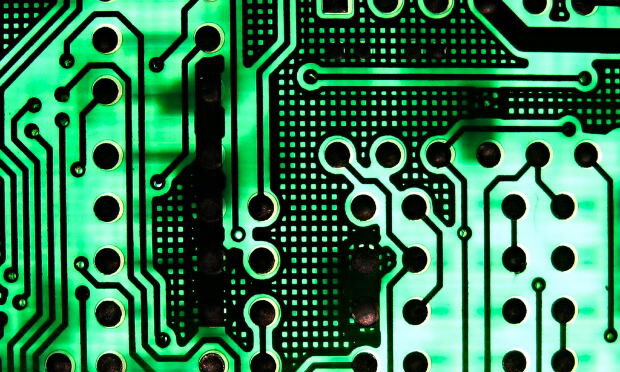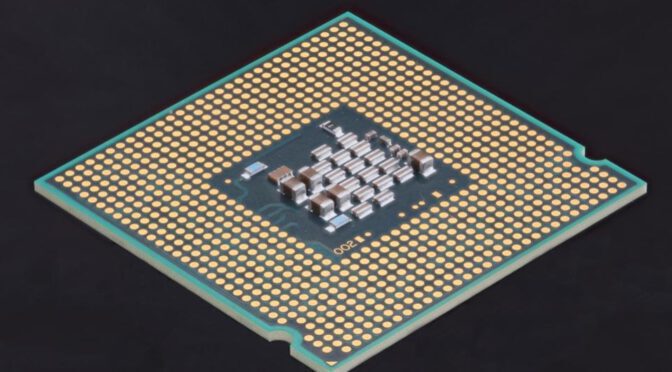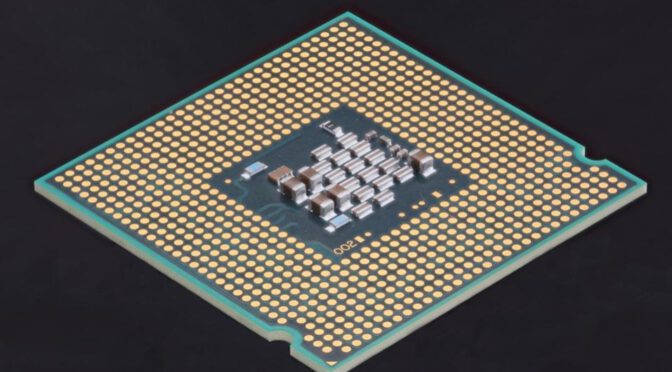
As the company Atlas VPN has found, hacker attacks have been particularly successful in recent months. Chainalysis had already warned of a record month.
Although the cryptocurrency sector is now much better regulated and more and more investors are taking the necessary steps to increase security – such as storing their own coins in hardware wallets – hacker attacks are still a big issue in the cryptocurrency sector, albeit only in relation to the volume traded affect a fraction of the sector.
In one quarter, hackers cause almost half a billion dollars in damage
According to Atlas VPN data , in the third quarter of 2022, criminals stole around $483 million worth of cryptocurrencies through targeted attacks. The number of hacks fell by 43 percent compared to the second quarter. In the first quarter, the damage amounted to around 1.3 billion US dollars.
Even if the damage appears large in absolute numbers and was certainly significant for those affected, in relation to the size of the crypto sector with a value of around $970 billion according to CoinMarketCap, it is not quite as dramatic as it might seem at first glance.
Ethereum, Polkadot and BNB Chain particularly affected
The hacks primarily affected the Ethereum network. A total of 11 attacks on Ethereum blockchain-based protocols caused $348 million in damage. However, considering that most protocols run on Ethereum, this is not surprising. For Polkadot, it was $52 million in just two attacks. While projects on the BNB chain have been attacked 13 times, the damage amounts to only $28 million.
It is important here that the blockchains themselves are not attacked. Instead, it is mainly smart contracts in the DeFi area that cause security gaps.
This quarter could be a record
Chainalysis also deals primarily with the damage caused by cybercrime in the cryptocurrency sector. The figures determined by Atlas VPN for the third quarter correspond to the information from Chainalysis, which expects a record month for October. As Chainalysis announced on October 12, eleven hacker attacks with damage totaling $718 million had already been registered by then.
1/ After four hacks yesterday, October is now the biggest month in the biggest year ever for hacking activity, with more than half the month still to go. So far this month, $718 million has been stolen from #DeFi protocols across 11 different hacks. pic.twitter.com/emz36f6gpK
— Chainalysis (@chainalysis) October 12, 2022
If the trend of the month continues, the fourth quarter is likely to be the most momentous for the cryptocurrency sector. The BNB chain hack caused a stir this month , in which at least no funds were stolen from other users. Instead, the attackers created over $100 million worth of coins out of thin air.




